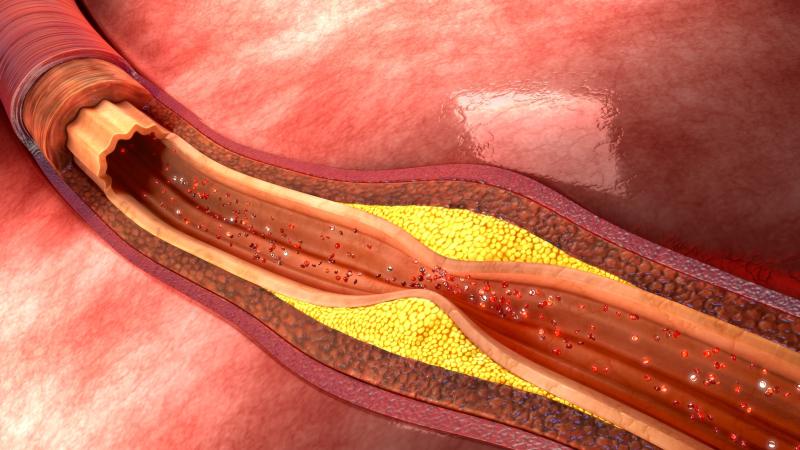
There appears to be an inverse correlation between calf girth and the incidence or peripheral artery disease (PAD) among men, a recent study has shown.
Drawing from the Atherosclerosis Risk in Communities study, researchers identified 13,808 participants (mean age, 54.2±5.74 years; 54.1 percent female) whose calf girth was measured at baseline. The study endpoint was the hospital diagnosis of PAD; those with a history of PAD were ineligible for analysis.
Over a median follow-up duration of 25.2 years, 721 participants developed PAD, with an overall incidence rate of 5.2 percent. Males with PAD had higher BMI and lower estimated glomerular filtration rate (p<0.001), as well as had a smaller calf girth (37.44±3.06 vs 38.08±3.2 cm; p<0.001). In females, calf girth had no apparent correlation with PAD.
Multivariate Cox proportional hazards regression analysis found that in the overall study sample, calf girth was inversely and significantly correlated with the risk of PAD (hazard ratio [HR] per cm increase, 0.96, 96 percent confidence interval [CI], 0.92–0.99; p=0.02).
Stratifying by sex showed that this interaction was slightly stronger in males (HR, 0.93, 95 percent CI, 0.88–0.98; p=0.018) and completely absent in females (HR per cm increase, 0.99, 95 percent CI, 0.95–1.04; p=0.76).
“Our findings suggested that lower calf girth may be useful to identify those at high risk of developing PAD. The measurements of calf girth were cost-free, noninvasive, and it was easy for us to get the data of calf girth,” the researchers said.
“Further studies should be designed to prospectively validate the result of the present study and define the underlying mechanism and the utility of calf circumference in PAD,” they added.